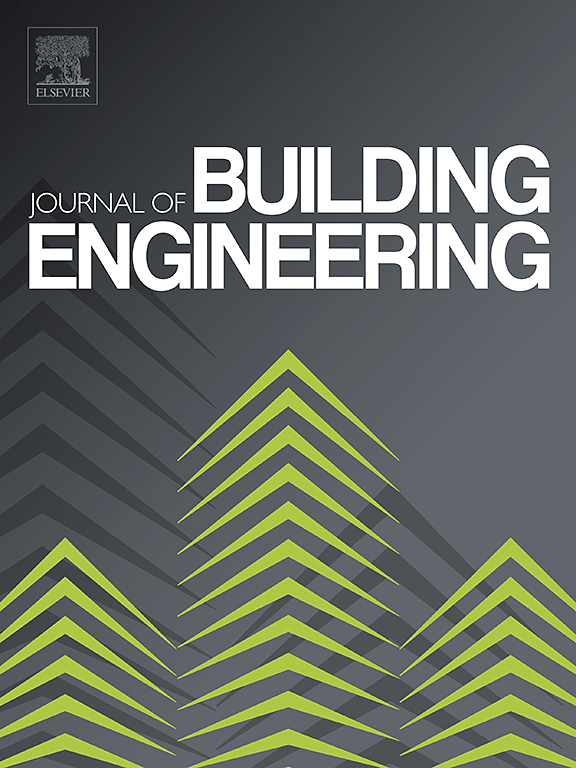Understanding the Energy Retrofit Strategies Towards Net Zero Energy Building in Sync with the SDGs: A Review and Bibliometric Analysis
IF 6.7
2区 工程技术
Q1 CONSTRUCTION & BUILDING TECHNOLOGY
引用次数: 0
Abstract
The world is entering an emerging energy crisis, and with climate change, the problem has become quite complex. Here, building services play a significant role in addressing these complex issues. Therefore, the concept of Net Zero Energy Building (NZEB) has emerged as a promising solution. This study aims to underscore the latest research and associated developments in the field of NZEB, particularly in the context of energy retrofit measures (ERMs) that align with the Sustainable Development Goals (SDGs). This review-based article employed bibliometric to conduct science mapping. The science mapping includes conceptual and social structure. This analysis was carried out from 2011 to 2024, based on Scopus and Web of Science, using the VOSviewer and Biblioshiny tools.
The conceptual structures of this study identified the six main research fields and their evolution during the periods of 2011–2016, 2017–2019, 2020–2021, and 2022–2024. The NZEB research field continues to expand, focusing on sub-research areas such as indoor environmental quality, life cycle assessment, energy retrofit measures, cost-benefit analysis, SDGs, policies, and practices in sustainable buildings. Further, the social structures deal with international collaborations and educational partnerships across the globe. Furthermore, the results provide an overview and critique of research developments in NZEB and emerging themes in the field that should be further explored in future studies, and propose a holistic model with integration of circular economy, blockchain, and triple bottom line (TBL) framework. The article gives direction to researchers, policy-makers, practitioners, and designers in developing NZEB strategies in building services. Overall, it is quite useful for all those who explore the area and try to conduct research. This bibliometric-based review may be the first article to provide an understanding of how and what efforts are being undertaken to address ERMs aligned with SDGs towards NZEB.
求助全文
约1分钟内获得全文
求助全文
来源期刊

Journal of building engineering
Engineering-Civil and Structural Engineering
CiteScore
10.00
自引率
12.50%
发文量
1901
审稿时长
35 days
期刊介绍:
The Journal of Building Engineering is an interdisciplinary journal that covers all aspects of science and technology concerned with the whole life cycle of the built environment; from the design phase through to construction, operation, performance, maintenance and its deterioration.
 求助内容:
求助内容: 应助结果提醒方式:
应助结果提醒方式:


